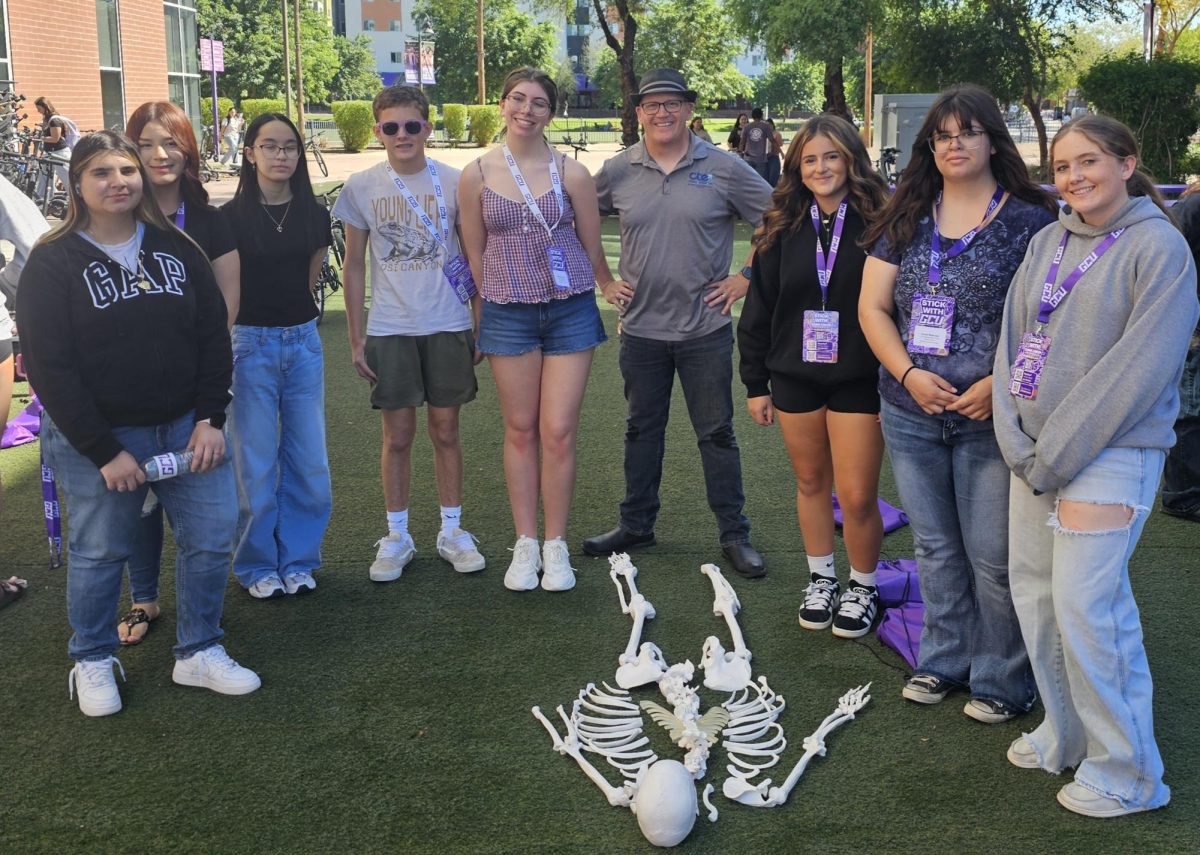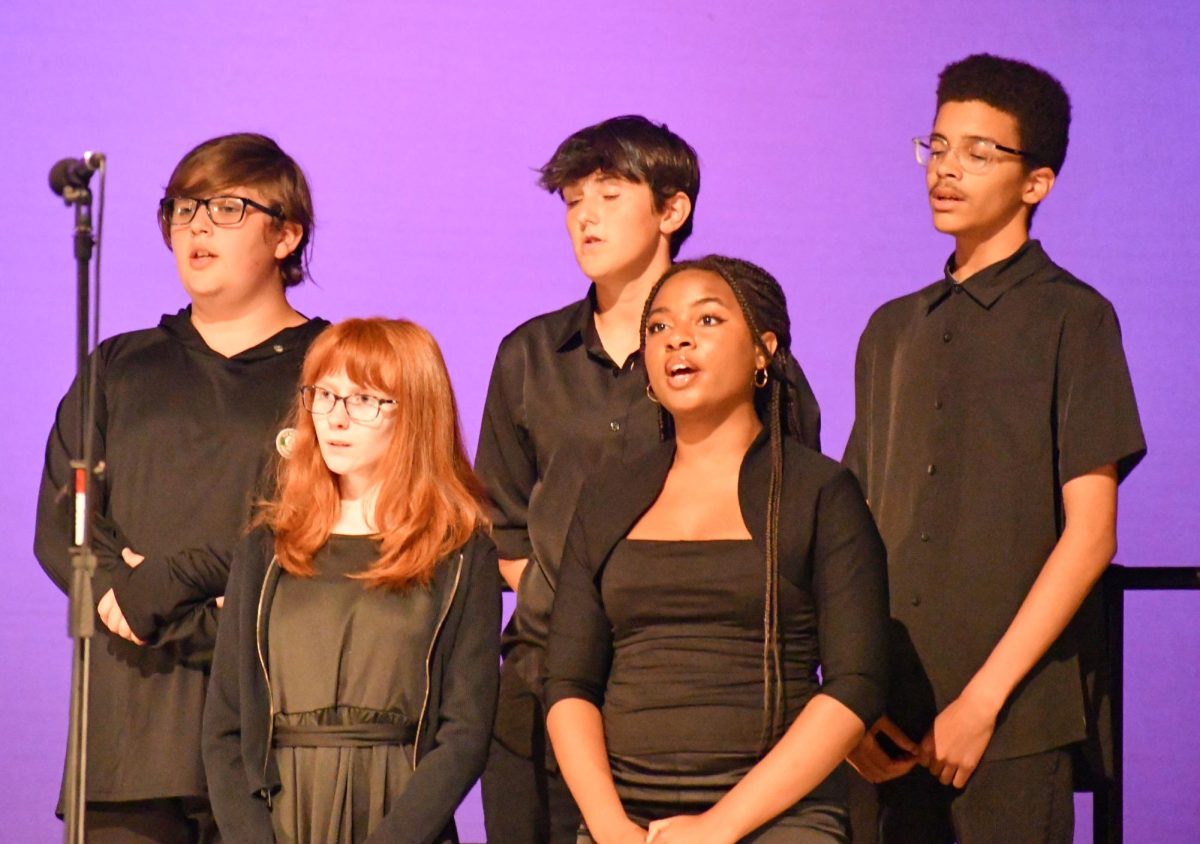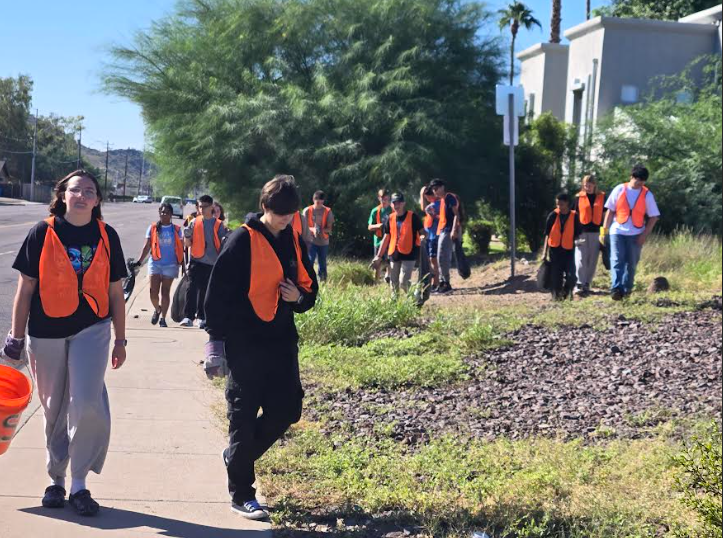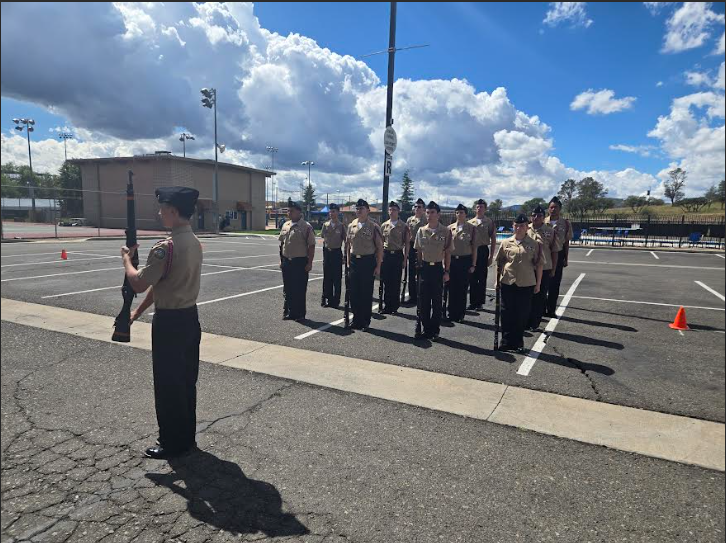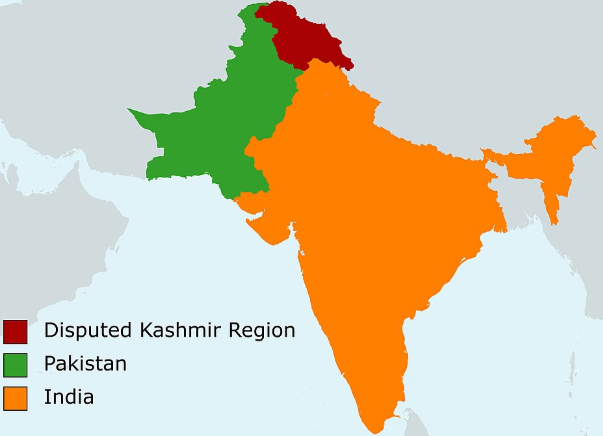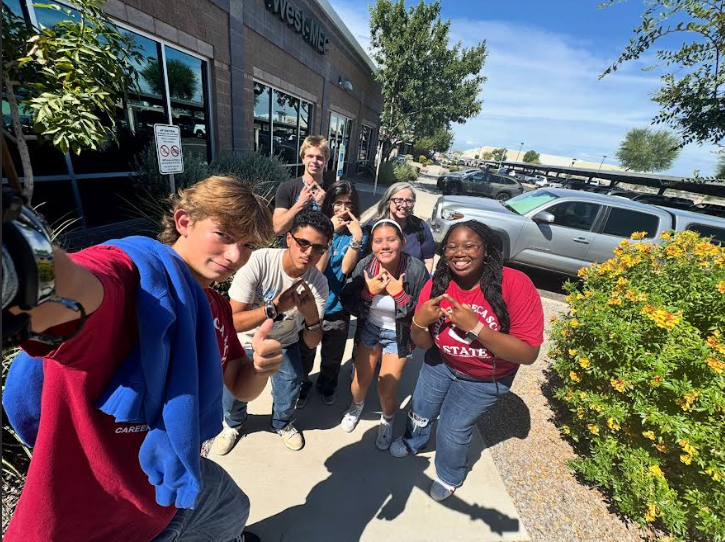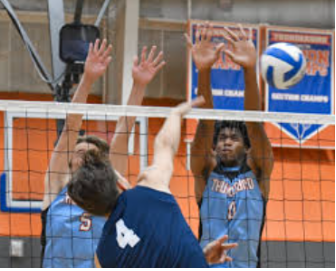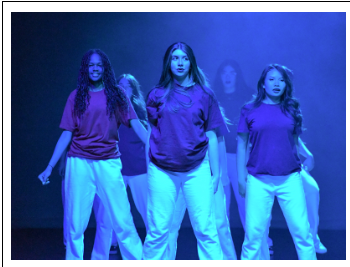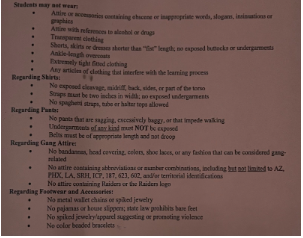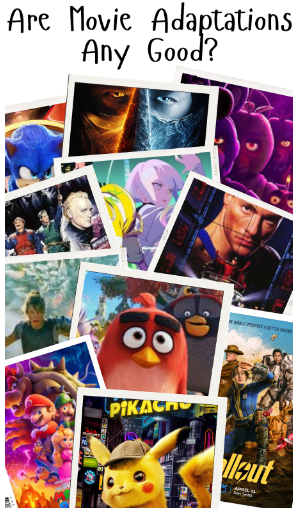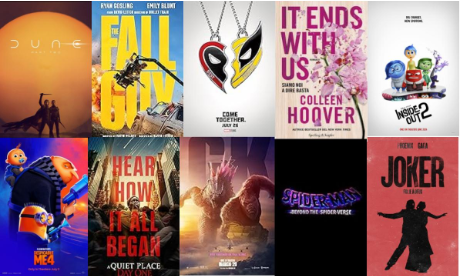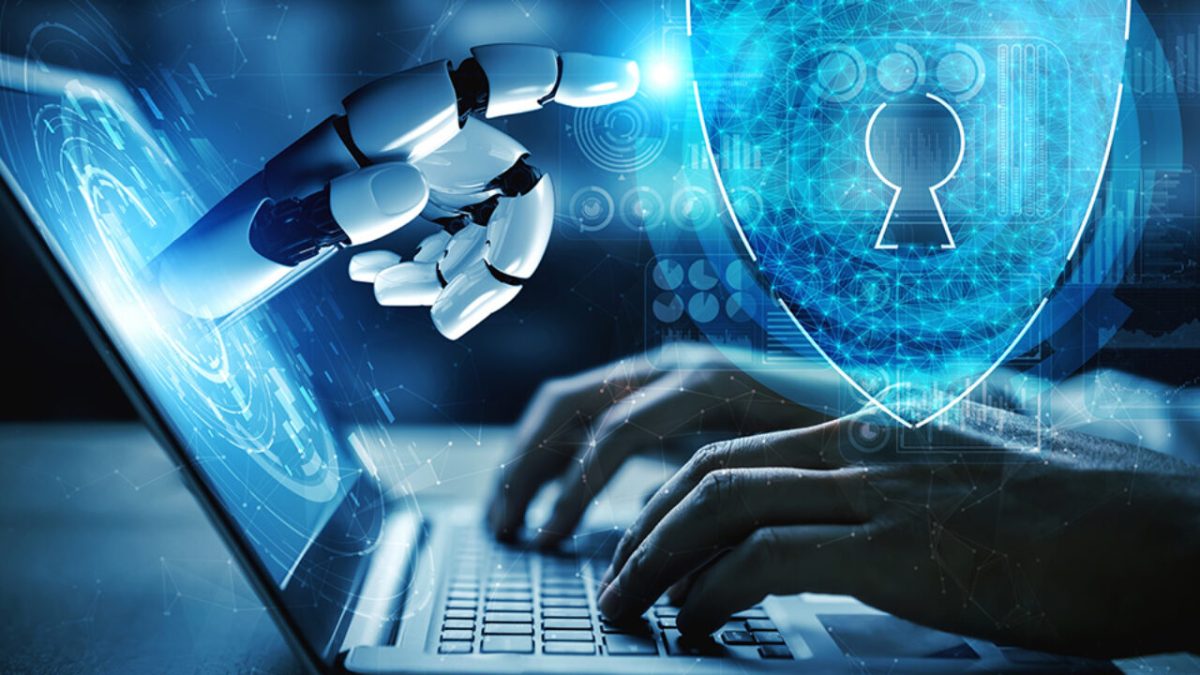”Artificial intelligence (AI) is the intelligence of machines or software, as opposed to the intelligence of humans or animals. It is a field of study in computer science which develops and studies intelligent machines. A.I allows systems to understand their environment, relate to what they perceive solve problems, and act towards a specific goal. The computer receives the data (already prepared or collected via sensors, such as a video camera), processes it, and responds. If used correctly it does not lead to any damage but otherwise, it can become dangerous if used in the wrong areas. To avoid incorrect use it is necessary to inform people about the cons of its use” (Europarl.europa.eu , Wikipedia).
Sometimes artificial intelligence is used in schools to carry out homework, exams, or university theses. This can sometimes be helpful but if used in an unrestricted manner it is considered cheating.
”AI is also making its way into education. The education system sees schools and universities at the forefront, having introduced AI-based technologies into their curricula. On one hand, it can help teachers facilitate learning and offer new opportunities to students. On the other hand, it could prove to be yet another technology that puts children at risk of cyberbullying or violation of privacy because it could be used to create more sophisticated and targeted attacks, as well as potentially collecting personal information without consent. It is important to develop safeguards and educate children in the responsible use of AI to reduce these risks.
Even during the pandemic, artificial intelligence accelerated its integration, allowing schools, universities, and other institutions to use technology to teach students remotely. Smart content creation has changed the way we store and share data. Thanks to modern algorithms, in fact, machines can now generate digital content from large collections of raw data. This is great for people who want easier access to books and periodicals, but also textbooks.
Overall, intelligent content creation is a great solution for anyone looking for a quick and efficient way to manage their digital information. It also allows us to provide students with study material personalized to the needs and possibilities of the individual student.
With the advent of AI in education, the teacher does not disappear at all. Indeed, he remains a constant and essential figure, without which teaching cannot take place. The teacher still retains strategic importance, while its fundamental role remains, AI is only configured as a companion, a process assistant that can do nothing but facilitate the teacher’s work, making it even more effective. But for all this to happen it is essential to rethink the school and the role of the teacher. The system is used for numerous applications: generation and completion of texts, language translation, sentiment analysis (therefore analyzing whether a text is positive, negative, or neutral), summarization, creation of content for social media from scratch, classifying texts based on to categories (for example whether it is spam or not spam) and even text-to-speech, i.e. that function of vocal reading of texts. In short, there are so many functions and they could increase in the future, so this has seriously worried public school officials who have strictly prohibited it.
The ban derives, according to the words of government officials, from the fact that ChatGPT can greatly limit the learning and research of students who would therefore do without studying and analyzing texts by relying completely on artificial intelligence. Secondly, it could even be used at school to cheat during tests or exams, [using AI as a tool for cheating during tests or exams. Students could use AI-powered devices or software to access and gather answers, search for information online, or even generate plausible answers based on question patterns. This poses a challenge for educators in ensuring the integrity of assessments and highlights the need for robust monitoring and preventive measures against such misconduct.] For this reason, the use of ChatGPT is not allowed in New York public schools” (Agenda Digitale eu).
Artificial intelligence is widely used to provide suggestions based, for example, on previous purchases, searches, and other behaviors recorded online. Furthermore, in trade, it is used to optimize inventories and organize supplies and logistics. Smart thermostats learn our behaviors to optimize energy. Artificial intelligence can be used in cities to improve traffic and reduce traffic jams. While self-driving cars are still rare, the cars we drive already have some safety features that use artificial intelligence. For example, the European Union has contributed to funding VI-DAS, sensors that identify possible dangerous situations and accidents Navigation is also largely dependent on artificial intelligence.
AI plays an important role as there are artificial intelligence applications capable of identifying fake news and disinformation, analyzing social media content, and identifying words and expressions that are suspicious because they are sensationalistic or alarming. They can thus help to understand which sources can be considered authoritative.
”Some researchers are studying how to use artificial intelligence to analyze large amounts of medical data and discover matches and patterns to improve diagnoses and prevention. Researchers have developed a program to respond to emergency calls that recognize cardiac arrest faster than a human operator. The EU-co-funded KConnect project is developing multilingual text search tools that would make it easier to find the most relevant available medical information.” (Europarl.europa.eu)
Mario said: “I think artificial intelligence is an incredible technological achievement that can bring many benefits to society. However, I also think it is important to pay attention because it can be dangerous to lose control over advanced artificial intelligence systems. It is therefore crucial to develop appropriate regulation and ensure sound ethics in the field of artificial intelligence to prevent potential negative scenarios.”
Elisa: “Personally, I think artificial intelligence is a very interesting topic. The possibility of creating machines that can learn, reason and make decisions autonomously is certainly fascinating. However, I think artificial intelligence can also pose a potential threat to schools. One of the main concerns I have is about the risk of student dependence and passivity toward artificial intelligence. If students become too dependent on technology to solve problems or perform tasks, it could create an atmosphere of superficiality in the learning process passively following the directions of artificial intelligence, thus losing the ability to think independently and creatively by developing criticism such as analysis, synthesis and critical thinking. “
In general, A.I offers incredible opportunities for innovation and improvement in various areas, including education, by enabling the personalization of learning and providing a more engaging and effective educational experience but in this area, it should be carefully considered and monitored to ensure that it is used as a tool to support learning rather than as a substitute for teacher and human expertise. So, simply put, it has revolutionary potential, but some vigilance is needed. Integrators of AI need to balance between human sustainability and technological evolution.


